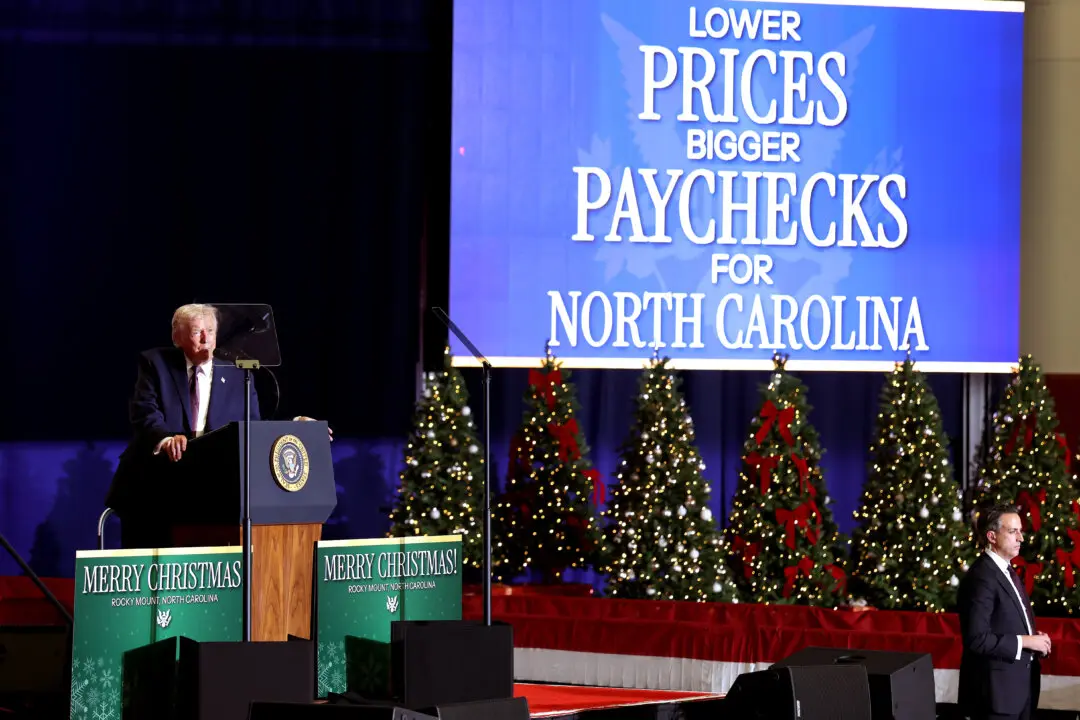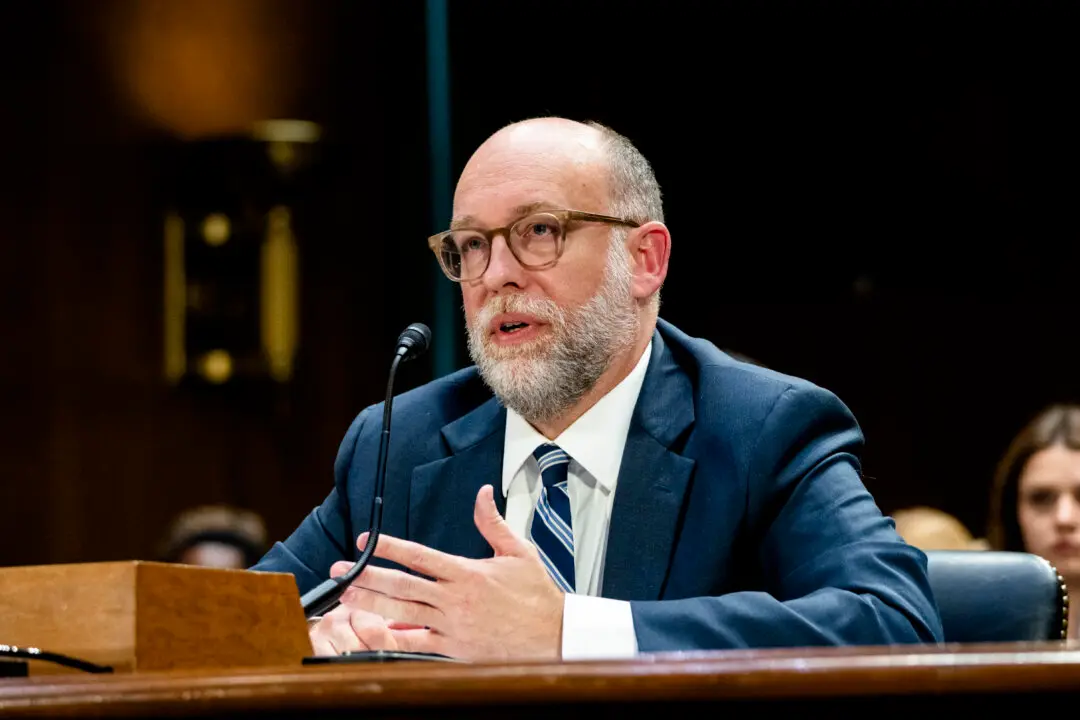WASHINGTON—Since President Donald Trump was elected in 2016, he has made trade one of his key policy priorities. His rejection of globalism, support for U.S. national security, and retaliation against unfair foreign trade practices marked a fundamental shift in America’s trade policy.
In 2018, trade conflict rose to its highest level in more than three decades following Trump’s decision to impose tariffs on steel, aluminum, and Chinese goods. The United States also imposed restrictions on foreign direct investments.




